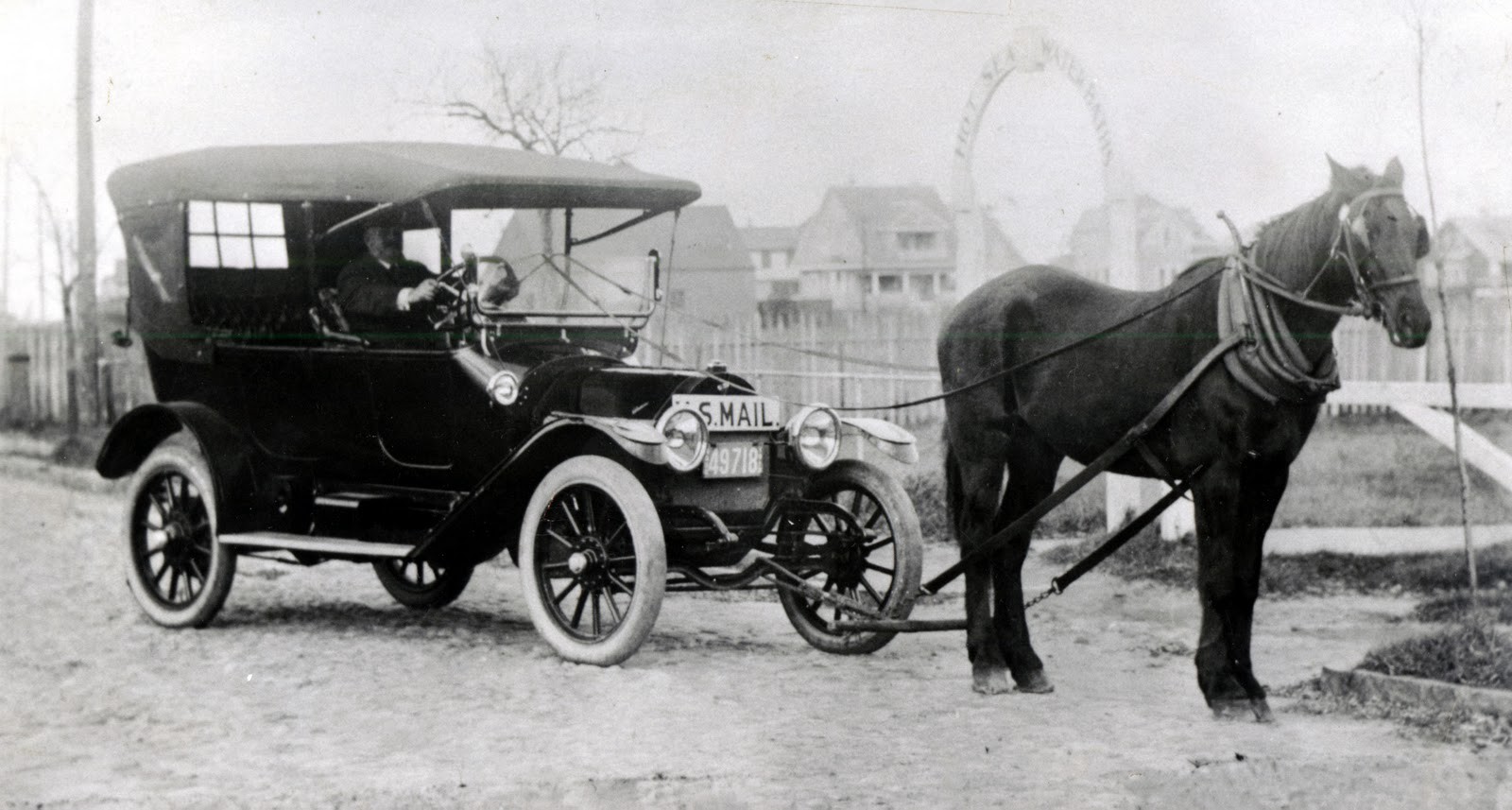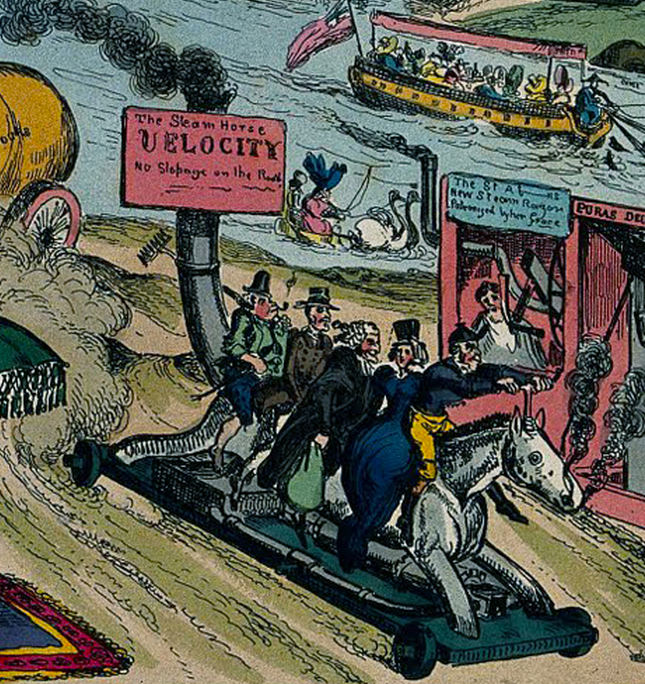
Henry Ford famously stated: “If I had asked people what they wanted, they would have said faster horses.”
Of course they would, as they had no idea what anything else was. In fact, I use this story often as a Victorian vision of the future was a steam-powered robot horse.
The reason they wanted this robot horse is that real horses leave a lot of manure on the streets and the streets of Victorian Britain, and the rest of the world, stank. They not only stank but were rife with diseases, unless the manure was cleared quickly. A faster, cleaner horse made sense.
Then the automobile was invented. People had no idea that it was coming. A horse-powered vehicle with an engine instead of a horse. A robot horse. Fantastic.
To begin with, not everyone got the idea of how an automobile worked but, over the decades, the automobile took over from the horse and, eventually, became affordable for all. That’s why we, today, all have our own six- or eight- horse powered engines. There are over a billion vehicles on the roads worldwide today, equivalent to around six billion or more horses … and no manure. Fantastic.
To create a world that could support over a billion horse-powered engines, we had to create a whole new world of infrastructure. Roads, freeways, interstates, motorways, autobahns, service stations, bridges, tunnels and more has been built around the world to allow the billion horse-powered engines to move.
That infrastructure is now already getting old, as demonstrated by the collapse of the Genoa bridge last year, but it continues as new bridges are built.
The point of writing this is that the radical change from horsepower to engines is similar to the radical change from analogue to digital. Just that not everyone sees it that way.
My discussion last week, for example, about the transformation of the organisation and that digital is not a project, asserted that the first priority is to get the leadership to understand this. The executive leadership team must not just talk digital but walk digital. They must internalise it and then share it, not just pay lip service to it.
When you see banks talking about digital as a channel, appointing Chief Digital Officers (CDOs) in each line of business (rather than one for the enterprise), delegating digital budgets to projects that the CDOs control and delegating digital rather than leading it, then I see a bank that looks like this.
They have the engine, they have the vehicle but, because of their limited vision and leadership, they just attach a horse to it. It’s not a faster horse. In fact, it’s a slower horse because it’s lugging a heavy vehicle around behind it.
Rethink the infrastructure, build roads and bridges and reinvent the system. Don’t just add the new to the old and hope it will work.
Chris M Skinner
Chris Skinner is best known as an independent commentator on the financial markets through his blog, TheFinanser.com, as author of the bestselling book Digital Bank, and Chair of the European networking forum the Financial Services Club. He has been voted one of the most influential people in banking by The Financial Brand (as well as one of the best blogs), a FinTech Titan (Next Bank), one of the Fintech Leaders you need to follow (City AM, Deluxe and Jax Finance), as well as one of the Top 40 most influential people in financial technology by the Wall Street Journal's Financial News. To learn more click here...



